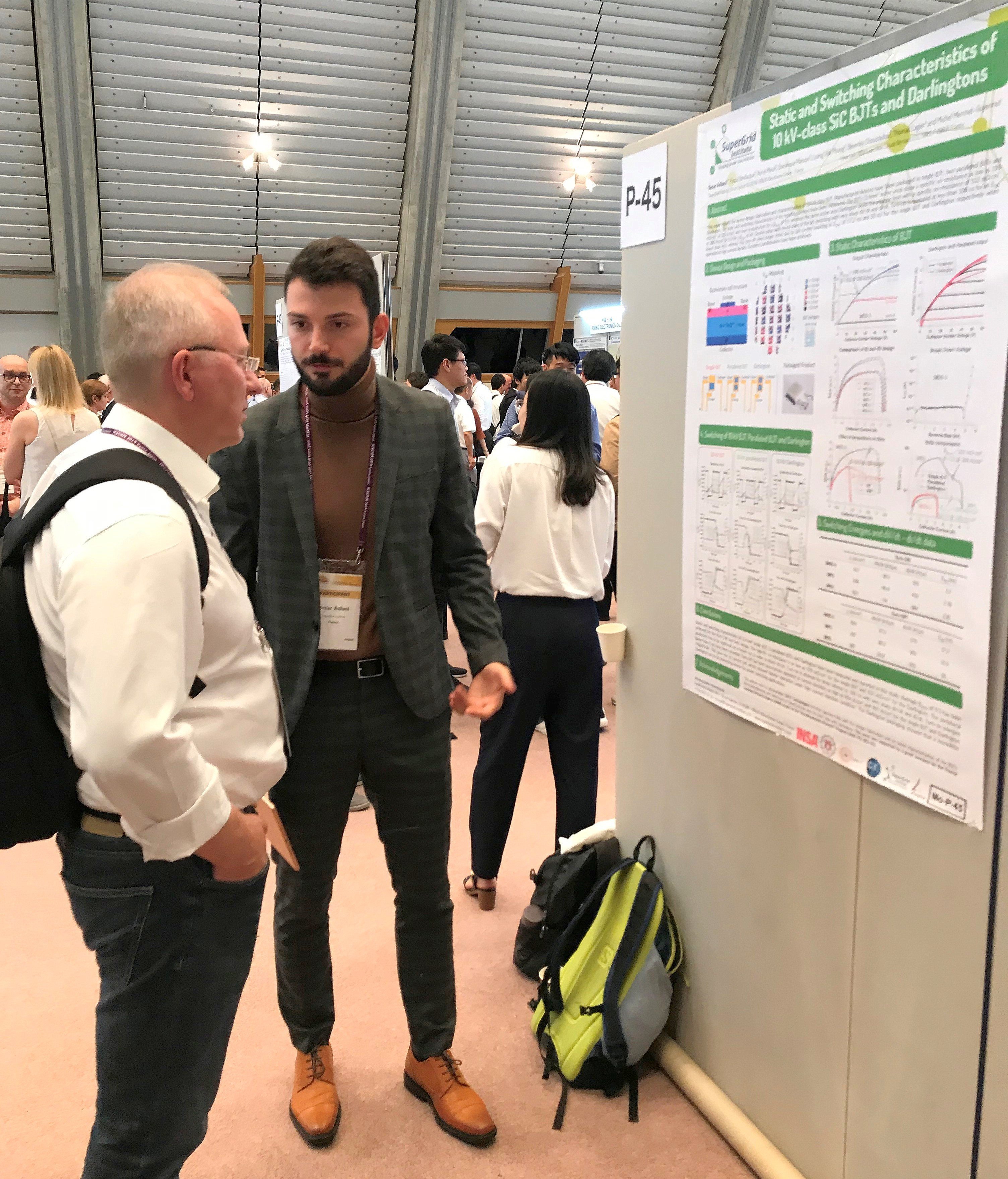This paper reports the device design, fabrication and characterisation of 10 kV-class BJT. Manufactured devices have been packaged in single BJT, two paralleled BJTs and Darlington. The static and switching characteristics of the resulting devices have been measured. The BJTs (2.4mm² active area) show a specific on-resistance as low as 198 mΩ·cm² at 100 A/cm² and room temperature for a βMax of 9.6, whereas the same active area Darlington beats the unipolar limit with a specific on-resistance of 102 mΩ·cm² at 200 A/cm² (β=11) for a βMax of 69. Double pulse tests reveal state of the art switching with very sharp dV/dt and di/dt. Turn-on is operated at less than 100 ns for an EON lower than 4mJ, whereas the turn-off takes longer times due to tail current resulting in EOFF of 17.2 mJ and 50 mJ for the single BJT and Darlington respectively when operated at high current density. Excellent parallelisation have been achieved.



